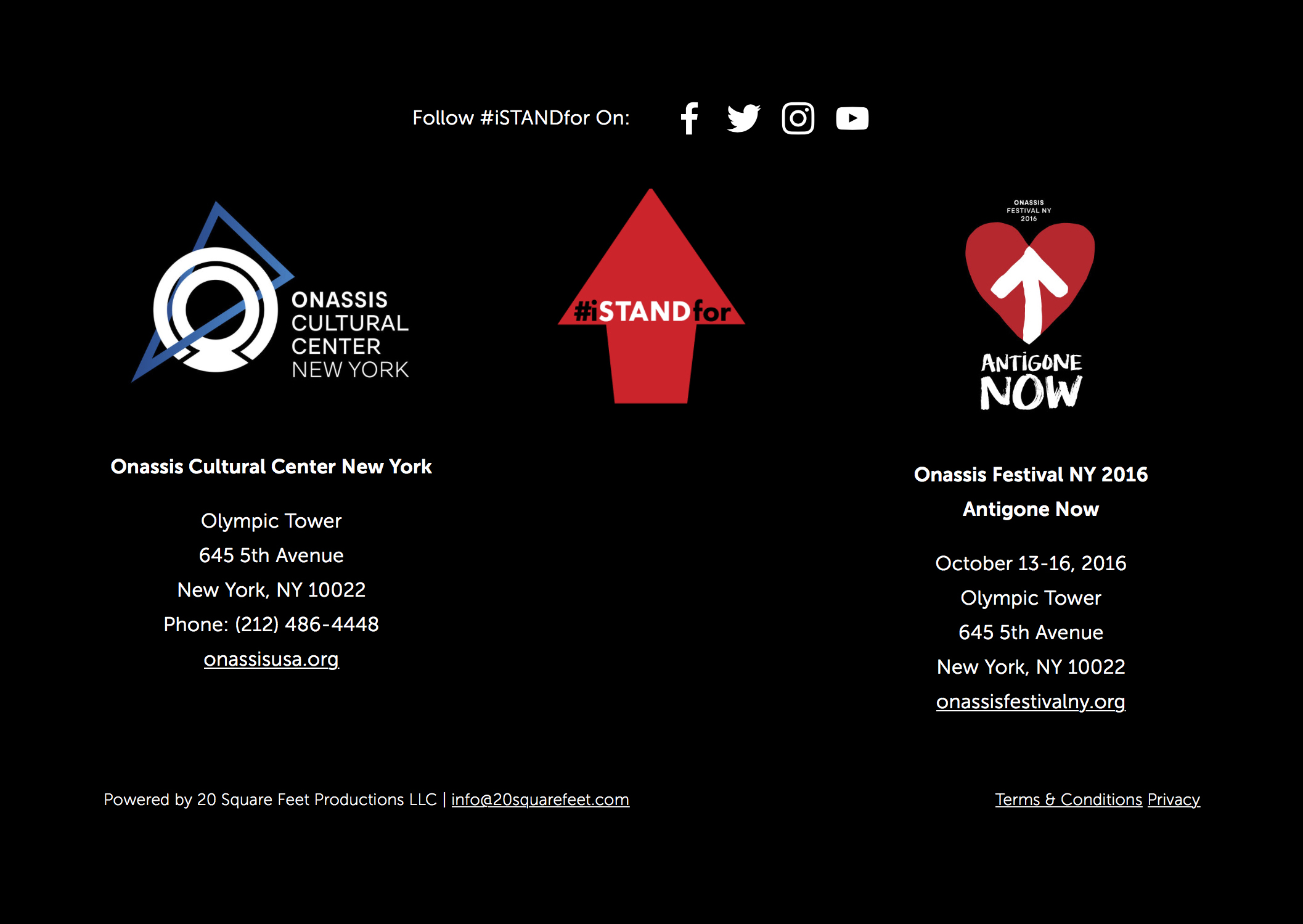EXTRACTION: Art on the Edge of the Abyss exhibitions will take place in multiple locations throughout the U.S. and abroad during the Summer and Fall of 2021—a multimedia, multi-venue, cross-border art intervention that will investigate extractive industry in all of its forms (from mining and drilling to the reckless exploitation of water, soil, trees, marine life, and other natural resources). The project will expose and interrogate extraction’s negative social and environmental consequences, from the damage done to people, especially indigenous and disenfranchised communities…
News Posts (do not delete)
ANNOUNCEMENT: NOTES & PHOTOS FROM MILAN: "If Only the River Remains to Speak," Milan, Italy
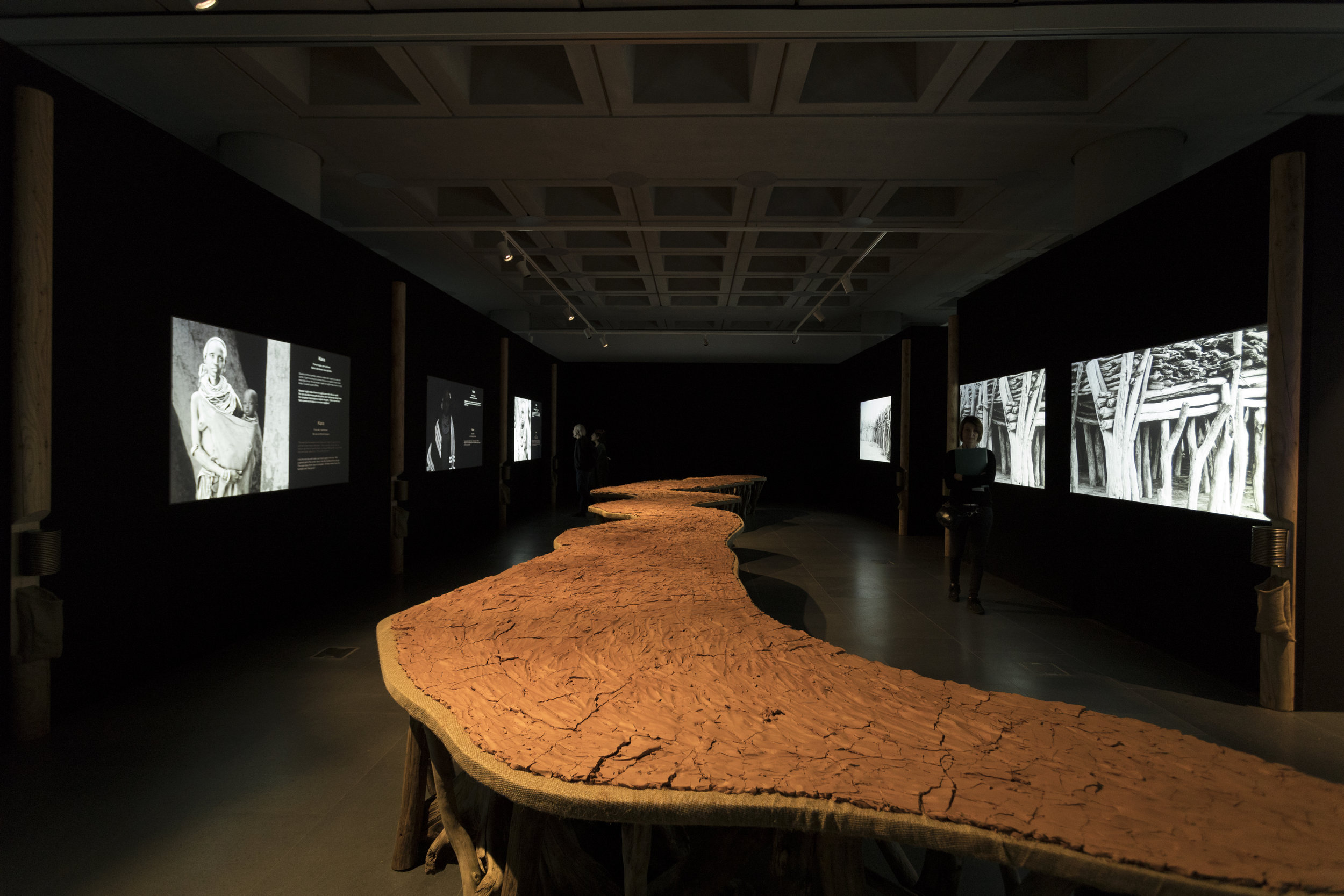
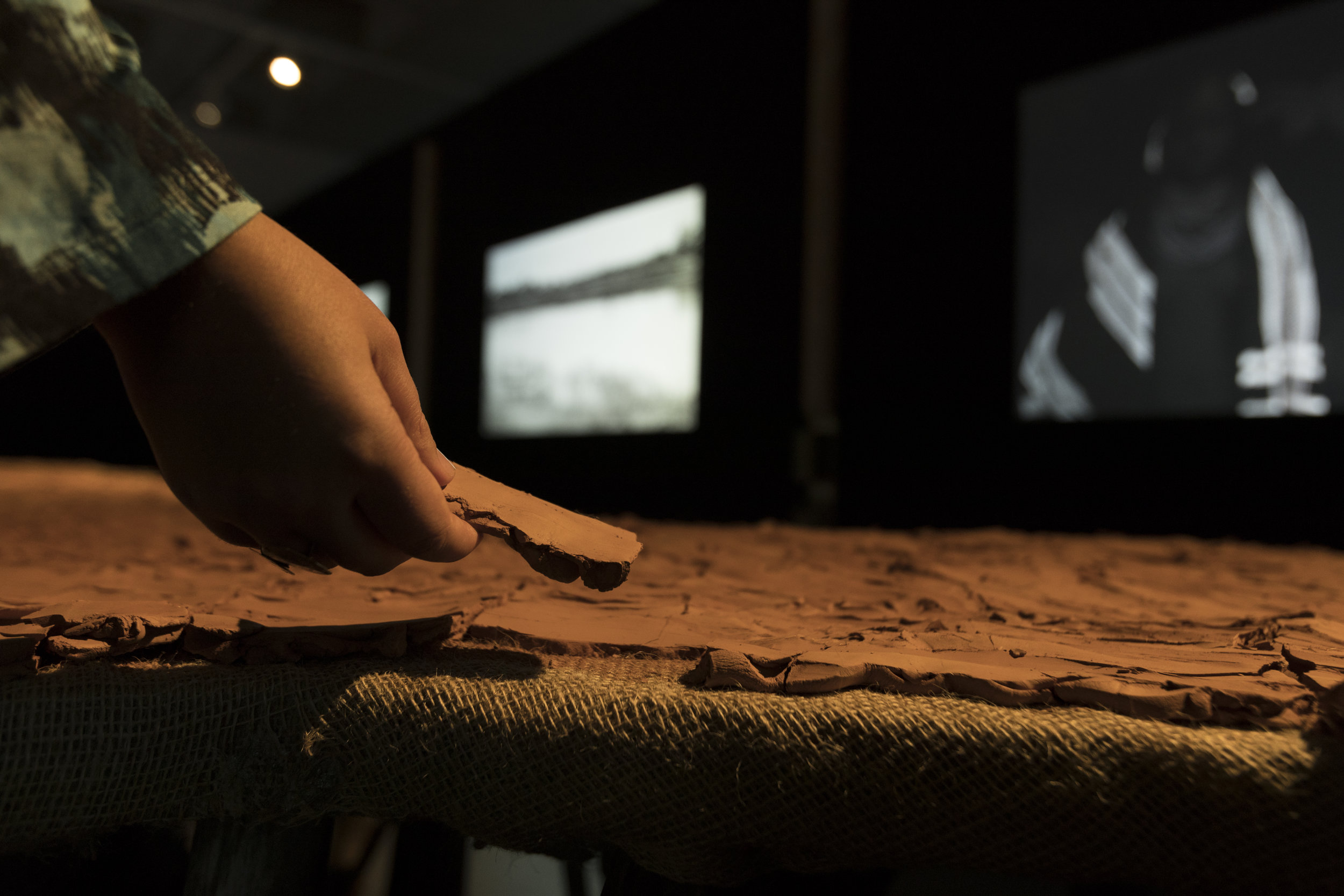

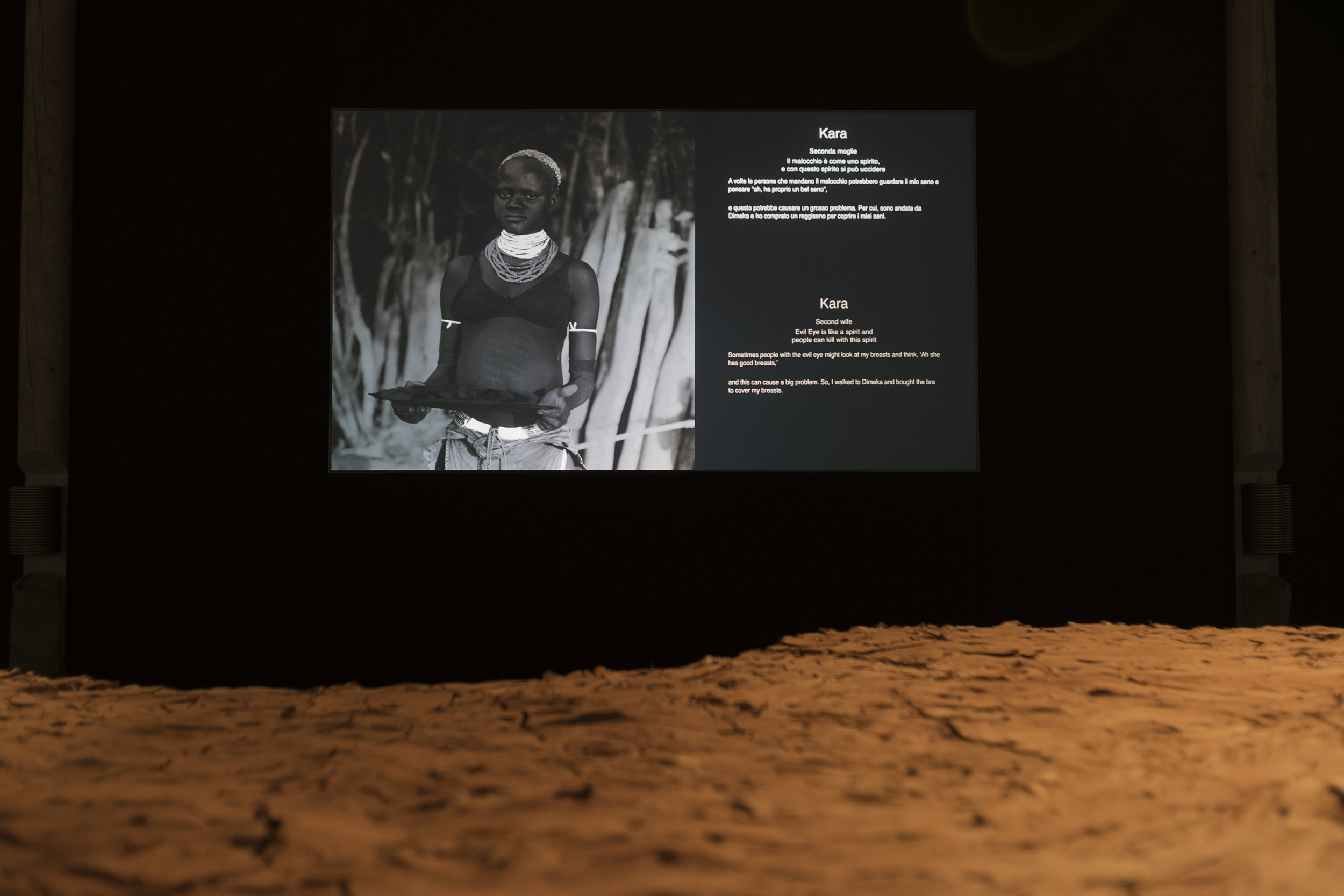
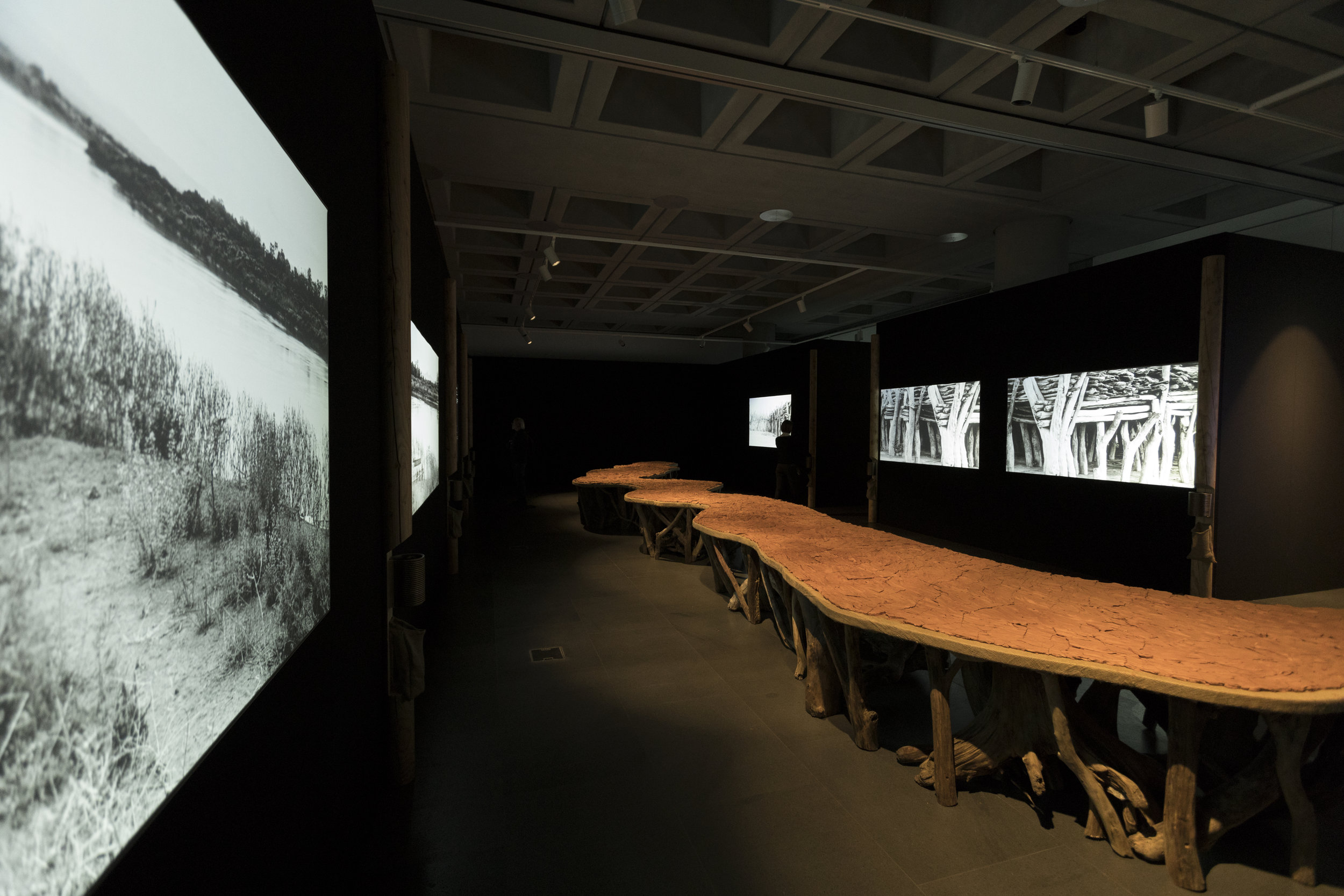
English Captions: (Above) "If Only the River Remains to Speak”, sensitive environment, MUDEC 2018. Photo: Studio Azzurro. (Below) "If Only the River Remains to Speak”, sensitive environment, MUDEC 2018. Photo: Survival International.
“If Only the River Remains to Speak” at Museo delle Culture (MUDEC), Milan, Italy until January 6, 2019
Twenty of my black and white portraits of the women from Ethiopia’s Omo River watershed and Kenya’s Lake Turkana along with related stories and audio recordings are presented in “If Only the River Remains to Speak” — a collaboration with Studio Azzurro and Survival International that is now open at the Museo delle Culture (MUDEC), Milan, Italy until December 31, 2018.
Studio Azzurro’s visionary installation design has come to life. The space is anchored by a 30-foot, sinuous red clay riverbed that seems to continue forever into the darkened room. Visitors are finding it easy to approach the table-height river bed to touch its dry clay, and then select a piece of cracking red clay to use as tokens (and a keepsake) to activate the audiovisual wall displays of the women and their stories.
The twenty personal stories of the women from the Omo watershed region reveal themselves on screens around the dark room, breaking through “indigenous objectification” (photographs that memorializes cultures while overlooking the reality of its living members) by including audio of their voices and text of their own stories in both English and Italian.
As we had hoped, the entire experience provides a 45-60 minute virtual “visit” with the women of this region and gives them a voice in Milan and Italy where the United Nations, hydrologists, corporations and lawyers are contemplating the best way forward for their ancestral land and resources.
The immersive art environment forms a human connection, cultivating empathy for the struggles these women and their communities face as their flood-recession agriculture and ability to plant their seasonal sorghum along the Omo River has been compromised. The Omo River’s natural resources are being destroyed as a result of dam development and the massive Kuraz irrigation project for sugarcane. Listening to the emotion in the women’s voices and reading their stories makes it is clear that they have the same concerns and aspirations as women in developed countries.
Protecting the rights of tribal people is the work of our project collaborator Survival International, who has been bringing educational programs to the museum as well as stakeholders in the issues around the Omo to encourage conversations for cultural change. Survival International has already sponsored group tours with hundreds of high school and university students. Students experience “the Omo” through engagement with the exhibit followed by conversation, reflecting, for example, on the evolution of the word “primitive” and how it has acquired negative meanings in a post-colonial world. This exercise helps to reveal our common humanity and dispel misconceptions that these communities are primitive, and reveals a highly sophisticated interdependent civilization based on an oral tradition, at risk of extinction. University students are also challenged to consider the real-life challenges and damages caused by mega-dam construction, and then suggest alternative energy solutions.
I believe that this installation is connecting cultures across miles of geography, and reminding us that we are all human.
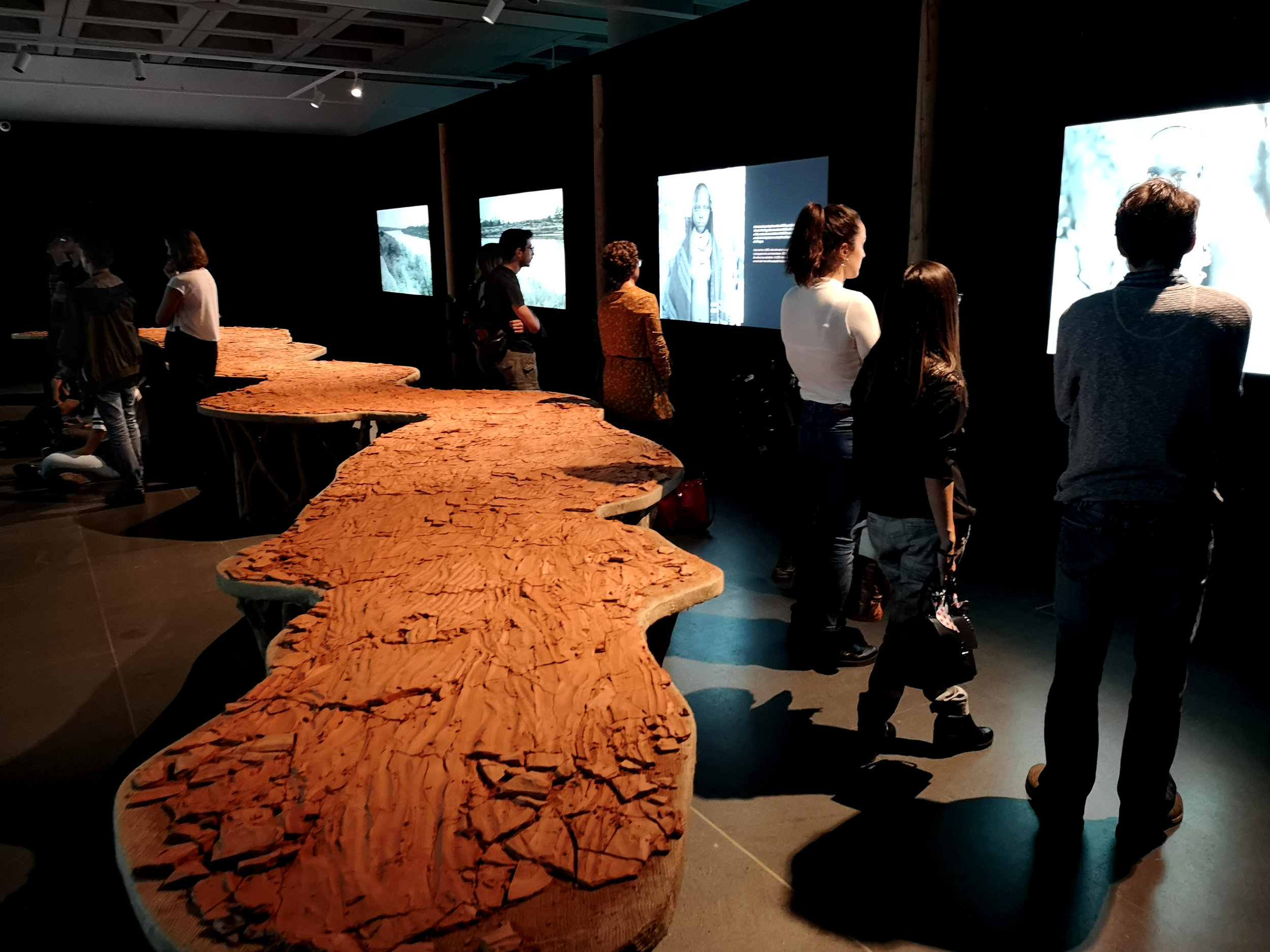
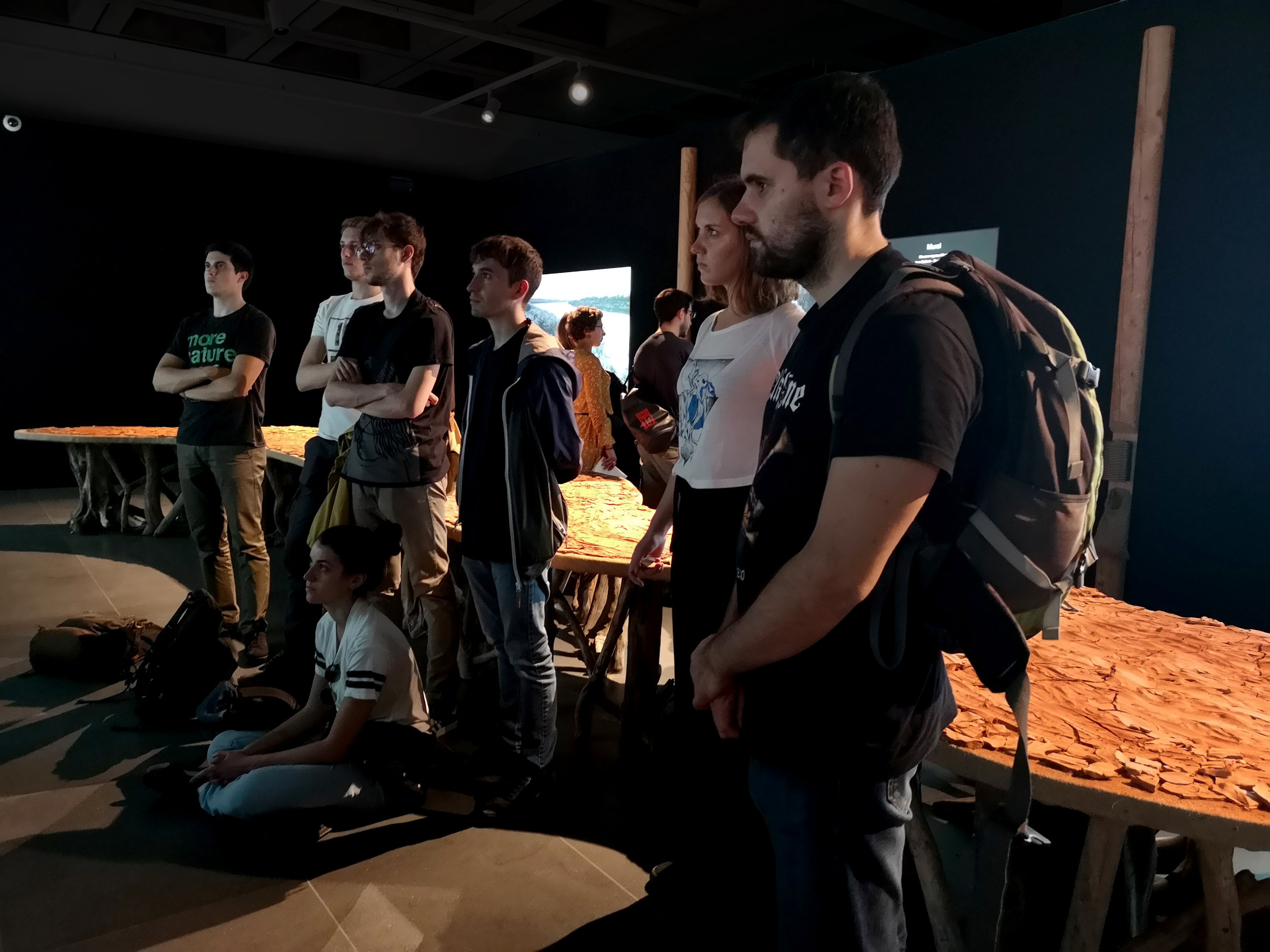

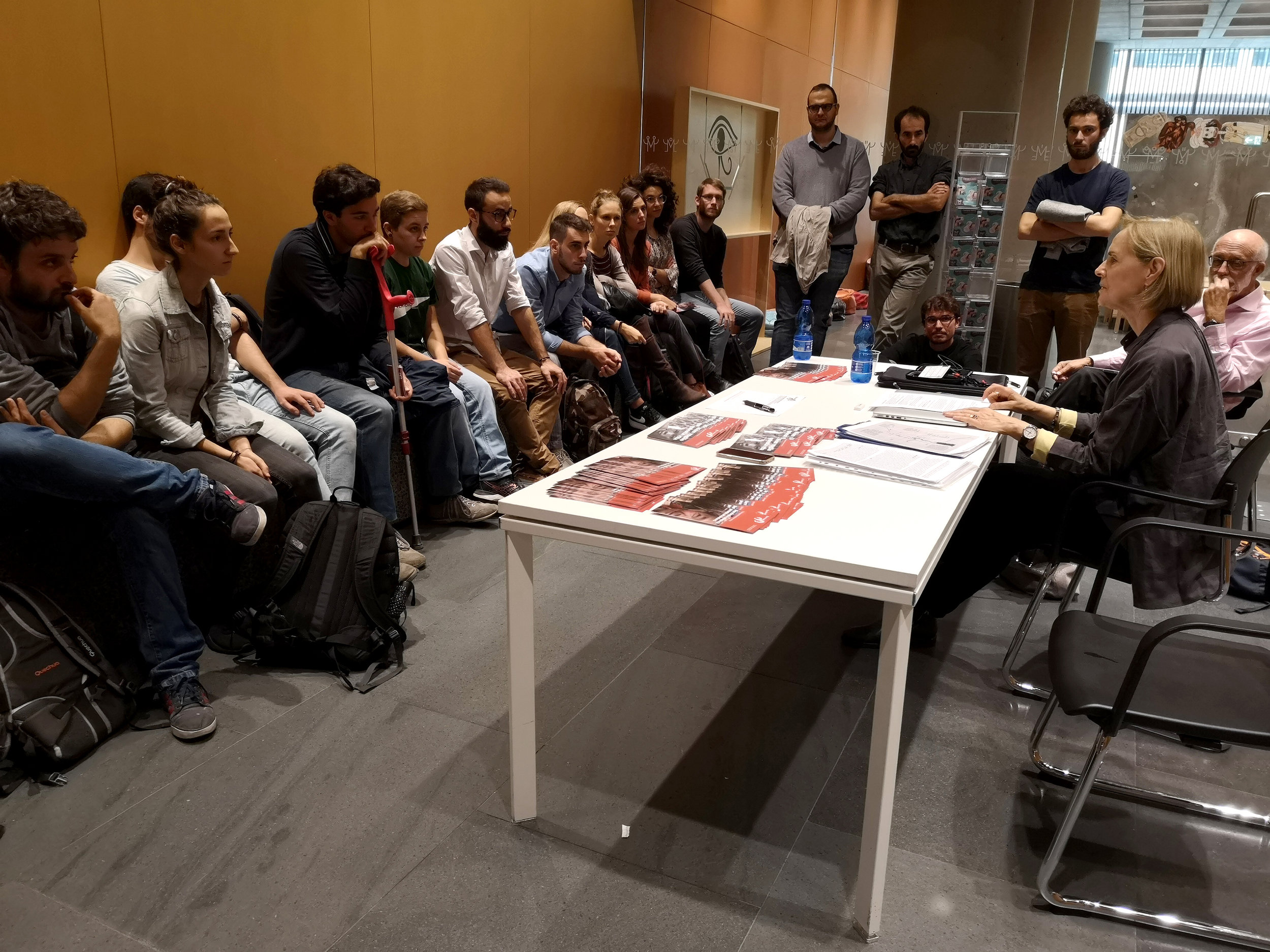
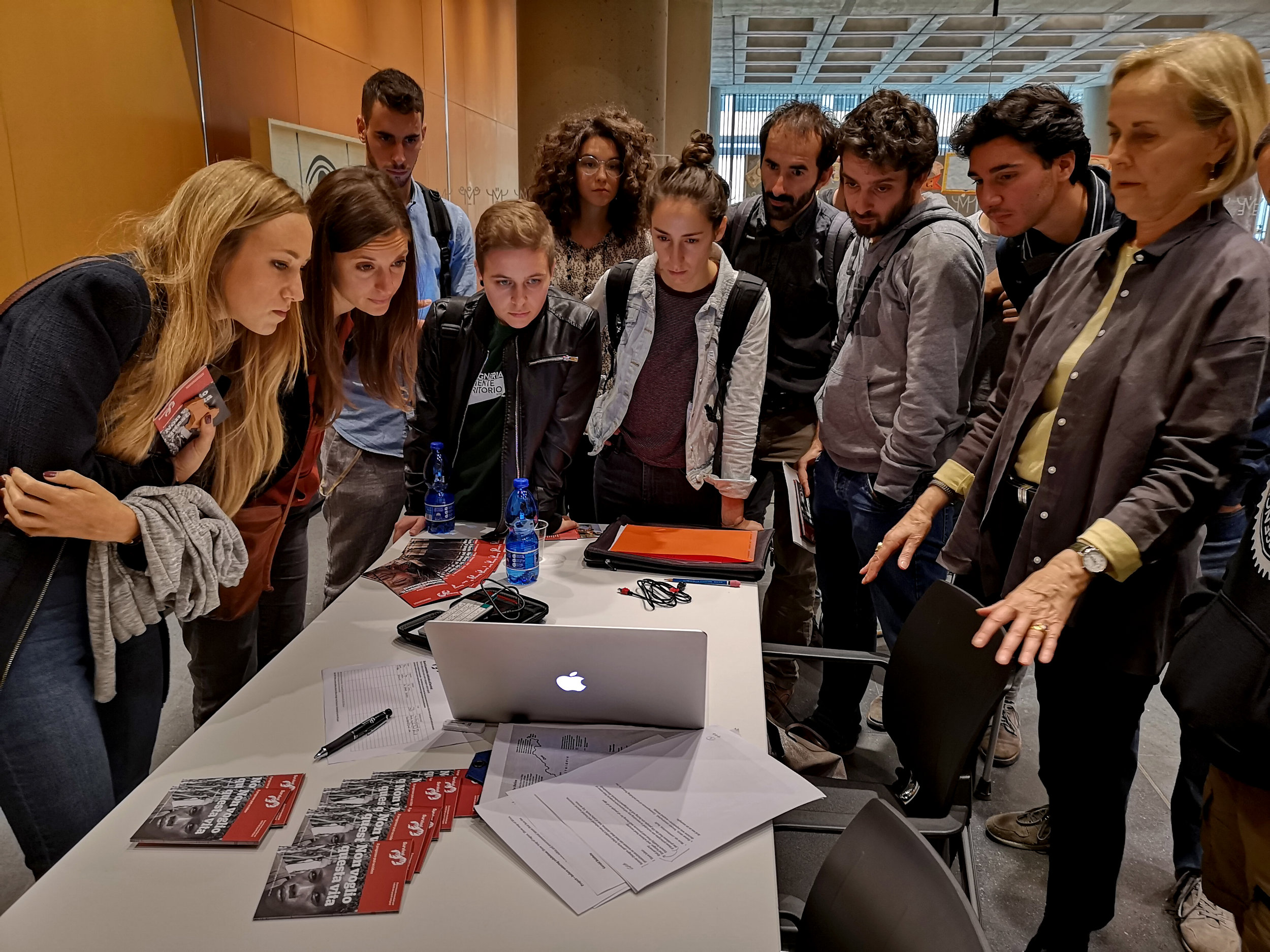
PUBLIC PROGRAM: Marin High Arts School, Marin, CA
Art Beyond High School
Written by Youth in Arts on February 27th, 2018
On February 20th, as a special program during the “Rising Stars: 27th Annual Marin High School Art Show,” Youth in Arts hosted a panel discussion on “How to Pursue Art as a Passion and Profession.” We are so grateful to our panelists for sharing their experience and professional and life lessons with students and have received their permission to share some of their presentation materials here with those of you not able to attend.
Jane Baldwin spoke of her activism through photography, documenting the lives of the people of the Omo River Valley in Ethiopia.
This is a project that has evolved for Jane over a decade and she emphasized to young artists interested in documentary work and activism that you don’t need to know what your project will be when you set out to find it. She first visited the Omo River Valley to just take photographs, and returned many times in ten years to not only take her photographs, but to also record the stories of the women from the region. This has turned into work on women’s rights, clean water, and international education programs. She has exhibited her photographs and the stories she recorded in Sonoma, CA., Korea, and hopefully in Milan, Italy next year. Jane says to be open to new experiences and let them take you down new and unexpected paths.
© Photograph by Jane Baldwin
PUBLIC PROGRAM: Onassis Foundation, New York, New York, #ISTANDFOR: RIVER ECOSYSTEMS AND WOMEN
By Jane Baldwin
I stand for the ecosystems and the women of Ethiopia’s Omo River Valley and Kenya’s Lake Turkana watershed. There is no separation; the women live in harmony with the river and refer to the Omo as their mother and father. The women of this region live in indigenous, patriarchal communities within countries where people lack basic civil rights. The construction of the Gibe III Dam (the largest dam in sub-Saharan Africa), which has displaced people from their ancestral lands without consultation or compensation, brings tragic consequences to all these communities. The people do not have a voice; they are vulnerable and powerless to resist this government-sponsored development. Government land grabs for foreign agricultural investments, together with the mega-dam construction, destroy the natural resources that have been the foundation of their self-sustaining community life.
For ten years I returned annually to Ethiopia to photograph and document the stories of the women of the Omo River Valley. In these patriarchal cultures women rarely have a voice and their stories often go untold. They were eager to talk about their lives and the future of their people. Over time, this evolved into a multi-sensory body of work titled Kara Women Speak | Stories from Women.
I believe that art can be a catalyst for engaging in critical dialogue. Through engagement and conversation, art can inform and focus our attention in potent ways. It can evoke compassion and empathy of our shared humanity by raising awareness of political issues and perhaps inspire change. The power of storytelling brings these women’s stories to life. As we listen to their voices, we begin to hear our own voices; their stories become our stories.
My recent solo multi-sensory museum exhibition Kara Women Speak | Stories from Women featured life-size portraits with accompanying stories told in the women’s own words. The stories spanned the cultural traditions of first and second wife, death and mourning, arranged marriage, childbirth, education, and one woman’s role as the first elected female to be the Kara’s representative to the government. Viewing the portraits and listening to each woman’s voice with it’s own unique inflection within the Museum audio tour guide revealed universal emotions. The visitors left the exhibition with a sense of empathy and understanding of the women, and many returned for the accompanying public programming that discussed the related human rights and environmental issues of the region. The stories in this multi-sensory exhibition humanized the issues and helped to build an emotional bridge between the people visiting the exhibition and the women featured in the photographs.
These stories also raise the general question: When is enough, enough? When will we recognize the wisdom of these ancient civilizations and pristine ecosystems, instead of destroying them in the name of modernization, and work collaboratively to protect them.
PUBLIC PROGRAM: Kara Women Speak | Lesson Plan
Jane Baldwin's recent body of work titled Kara Women Speak: Stories from Women, distills ten years of travel in the Omo River Valley photographing and recording stories from the women of indigenous communities living in southwestern Ethiopia. The Omo River Valley is home to roughly 12 indigenous cultures that have evolved over hundreds of years. All are intimately connected to the natural world. Oral tradition conveys the narratives of their ancestry and family histories, and women are the keepers of this oral tradition through their storytelling of myth, proverb, and song.
Baldwin's work is an intimate portrayal of the women of the Omo River Valley who have lived for centuries unaffected by colonialism or modernity. Since a woman's point of view is rarely sought in these patriarchal societies, their stories often go untold. Yet, women are the nurturers and sustainers of their families and communities. They are valued for the number of children they bear and their hard work, but their thoughts and ideas are seldom heard. As a witness to the rich cultural lives of these women, Baldwin presents their stories to the outside world with integrity and respect. Her work reveals a sense of the women's strength and dignity, giving voice to their lives and stories, thoughts, and feelings.
Communities along the Omo River, practice flood-recession agriculture and depend on the river's natural flood cycle to replenish their land for farming and grazing of livestock. Ethiopian government contracts have been awarded to foreign construction firms to build hydroelectric dams on the Omo River for energy exports. Gibe III, the largest dam of its kind in sub-Saharan Africa, will drastically alter the river's flow and decrease essential flooding to this fragile ecosystem. Vast tracks of rich farmland have been leased to foreign investors to farm crops for export, forcing indigenous people to abandon their ancestral lands without consultation or compensation. They are possibly the last generation to live according to their culture. The livelihood of all agro-pastoralists living in the Omo River-Lake Turkana watershed is now endangered.
"The human rights concerns and environmental threats to the Omo River Valley-Lake Turkana watershed is urgent," comments Baldwin. "It's my hope this photo essay will encourage interest in the issues facing the people of Lake Turkana and Ethiopia's Omo River Valley. The global drive for dwindling natural resources, and destruction of healthy ecosystems, of water, soil, and air will potentially affect us all." These issues reflect the uncertain fate of all people in the developing world.
For more information on the environmental, political, and social issues facing the people of the Omo River Valley and Lake Turkana watershed, please visit International Rivers, Berkeley, California.



